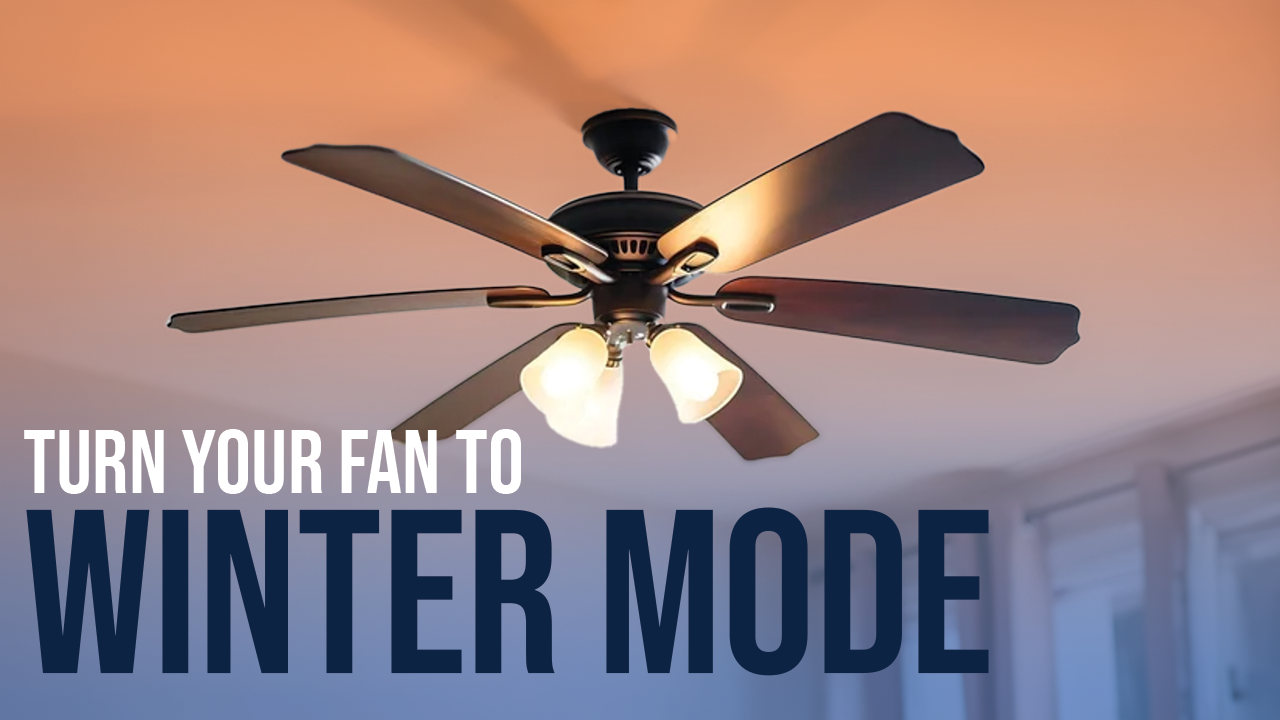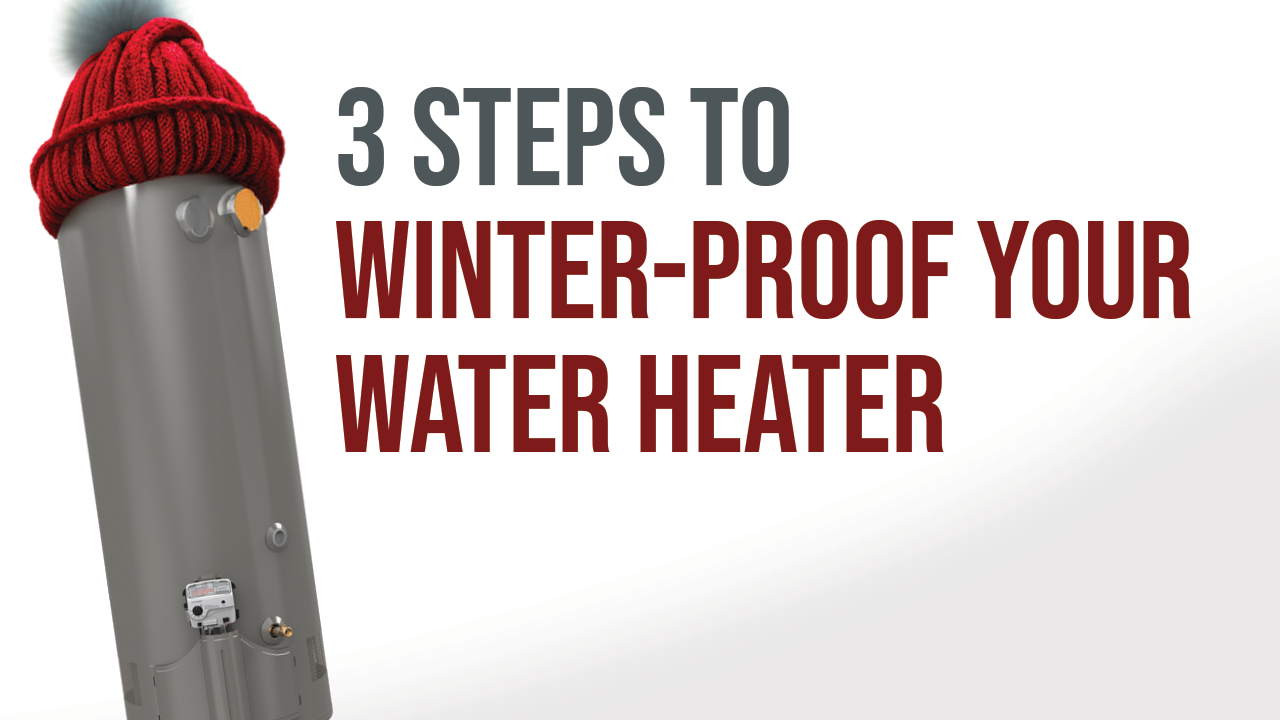
Winter can bring a sense of coziness—until you encounter the nightmare of frozen pipes. For homeowners, the risk of plumbing issues due to freezing temperatures is real, and the repairs are costly and inconvenient. Fortunately, with a few proactive steps, you can avoid these plumbing disasters and save yourself from a hefty repair bill. Here, we’ll cover five simple and essential tips to winterize your plumbing and keep your home safe.
1. Disconnect and Drain Your Garden Hoses
You might not think twice about leaving your garden hoses attached, but this simple oversight can lead to major problems. Any water left in hoses can freeze, expand, and lead to burst pipes. Burst pipes aren’t just inconvenient; they’re costly. The water damage alone can cost thousands, not to mention the hassle of repairs.
What to Do: Start by disconnecting and draining all garden hoses. Store them in a safe place, away from the cold. This task might only take a few minutes, but it can save you a substantial repair bill later.
2. Install Faucet Covers for Outdoor Faucets
Outdoor faucets are particularly vulnerable in winter. Cold air can freeze any remaining water in the pipes, leading to pipe bursts and significant water damage. The good news is that securing your outdoor faucets is simple and affordable.
What to Do: Invest in some faucet covers, which are inexpensive and easy to install. For older homes, it’s a good idea to go a step further by shutting off and draining the pipes that lead to these faucets. This extra step can prevent water from remaining in the lines, further protecting against freezing.
Pro Tip: To make sure you’ve fully winterized your outdoor faucets, double-check that no water is dripping or trapped in the faucet area. A little diligence here can go a long way in keeping your pipes safe.
3. Insulate Exposed Pipes
Exposed pipes in unheated areas like basements, garages, or crawl spaces are especially susceptible to freezing. By adding insulation to these pipes, you can help prevent freezing and ensure a steady water supply throughout the winter.
What to Do: Locate any exposed pipes in vulnerable areas of your home, and wrap them with pipe insulation sleeves. These sleeves are easy to install and provide a protective layer against freezing temperatures. This simple addition can make a big difference and keep your plumbing in working order.
Make It Achievable: Wrapping pipes with insulation takes just a few minutes per pipe, yet it’s one of the most effective ways to prevent winter plumbing issues. With just a little effort, you’re saving yourself from a potential disaster.
4. Keep Your Indoor Temperature Consistent
Turning the thermostat down while you’re away might seem like a good way to save on energy costs, but it can actually increase the risk of frozen pipes. Pipes can freeze and burst if your home’s temperature drops too low, especially if you’re not around to notice it in time.
What to Do: Set your thermostat no lower than 55 degrees, even if you’re leaving for an extended period. This ensures your indoor temperature doesn’t drop to the point where pipes can freeze. For an extra layer of protection, consider leaving cabinet doors open to allow warm air to circulate around pipes located near exterior walls.
Pro Tip: If you have a programmable thermostat, set it to maintain a steady temperature throughout the day. This can help prevent sudden temperature drops, which are often the culprits behind frozen pipes.
5. Let Faucets Drip on Super Cold Nights
When temperatures are exceptionally low, even well-insulated pipes can be at risk. A simple solution? Let your faucets drip. Allowing a small trickle of water to flow through the pipes can relieve pressure and prevent them from freezing.
What to Do: During especially cold nights, turn on faucets in areas that are more prone to freezing (like basements or exterior walls). Just a slight trickle is enough to keep water moving and reduce the chances of freezing.
Why It Works: Letting faucets drip may seem like a waste of water, but it’s far more economical than dealing with a burst pipe. A small, continuous flow can keep pipes safe from freezing temperatures and save you a lot in potential repairs.
Final Thoughts
Winterizing your plumbing might only take an hour, but it’s an investment in peace of mind. By following these five simple tips—disconnecting hoses, covering outdoor faucets, insulating pipes, maintaining indoor temperature, and letting faucets drip—you’re significantly reducing your risk of frozen pipes.
These small actions can save you thousands of dollars in repairs and prevent the stress that comes with water damage. Winter-proofing your plumbing is about more than just avoiding repairs; it’s about ensuring that you can enjoy the winter season without unexpected plumbing issues.
If you found these tips helpful, be sure to share this blog with friends and family, and consider bookmarking it for future reference. Taking these steps now means you can stay warm, relaxed, and worry-free all winter long!

As winter rolls in, many of us instinctively reach for the thermostat to stay warm. But did you know your ceiling fan can be an ally in... Read More

Winter brings colder temperatures, which can take a toll on home water heaters. A water heater that isn’t ready for winter may struggle to provide hot water... Read More

For many homeowners, dealing with a gas water heater that suddenly stops working can be a daunting experience. However, in many cases, the issue may be as... Read More